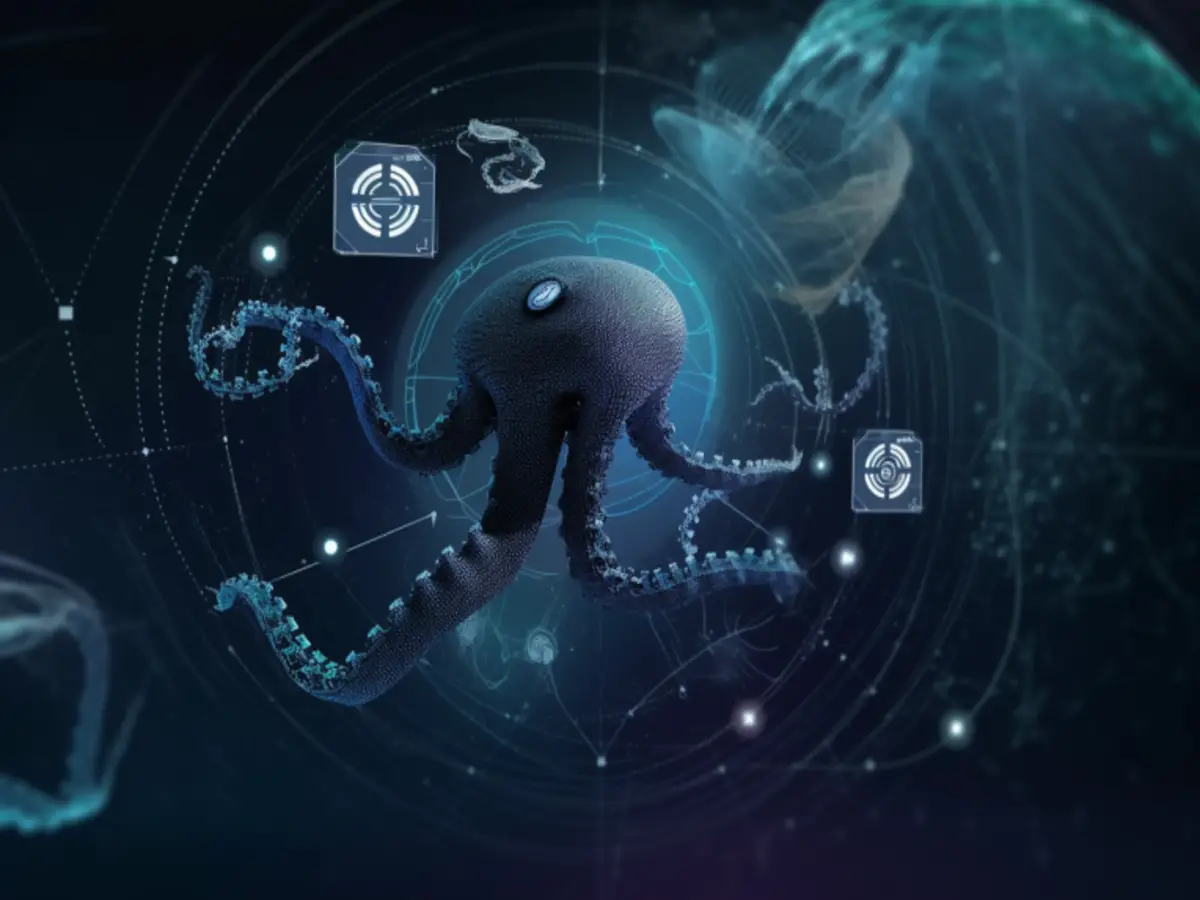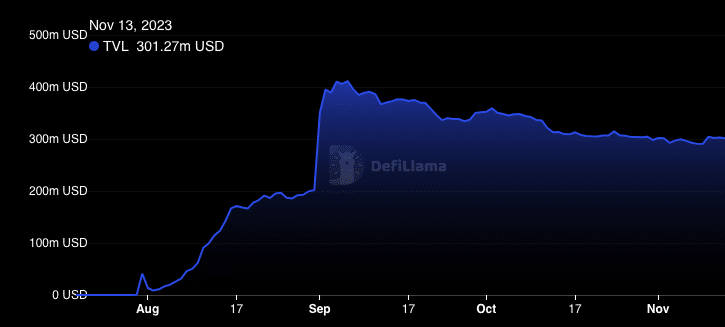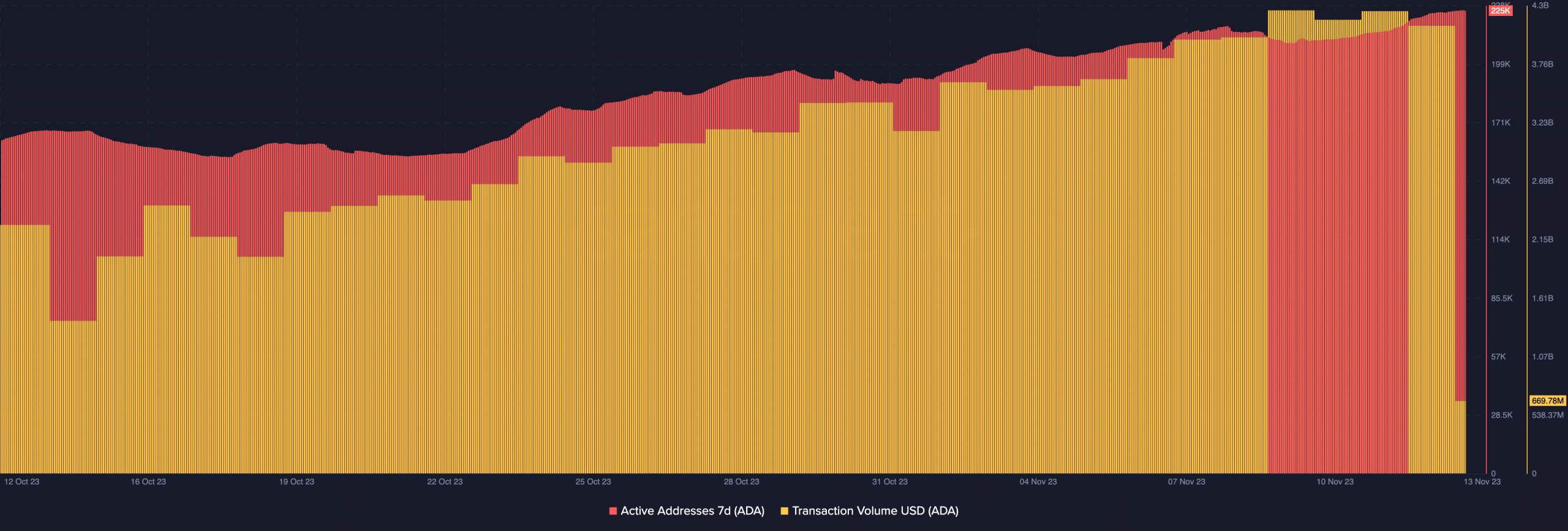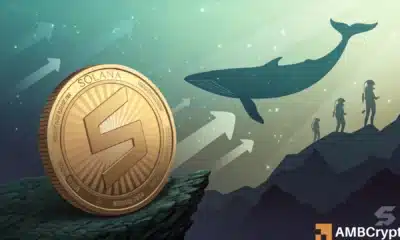Cardano – Kraken to pair up? Here’s what’s going on

- Charles Hoskinson offered to help Kraken build its L2.
- The exchange is considering a Polygon integration as well, giving Cardano a low chance of success.
Cardano [ADA] founder Charles Hoskinson has extended a helping hand to U.S.-based crypto exchange Kraken in connection with the latter’s plan to build a Layer-two (L2) protocol.
Hoskinson, who is known as a vocal figure in the ecosystem, made the proposal via a post directed at Kraken’s co-founder Jesse Powell on X (formerly Twitter).
L2s are developed to enhance speed and reduce the cost of performing transactions on a blockchain. Although Cardano is an L1 blockchain, Hoskinson’s proposal could be born out of the fact that it has a functional L2 called Hydra to help Kraken with the design.
Like Base, Like Kraken
As of last week, Kraken had not yet decided on the blockchain firm it intends to collaborate with on the project. However, it had options including Polygon [MATIC], Matter Labs, and the Nil Foundation. So, it remains uncertain its Cardano will make the cut.
If eventually launched, Kraken would become the second crypto exchange behind Coinbase to build its own L2 network. Also, the exchange’s decision to follow in Coinbase’s footsteps could be linked to the success that Base has had.
A few months ago, specifically during a draining bear market, Coinbase launched Base. Interestingly, it only took a few days before the L2 gained widespread popularity. As a result, transactions on the Base network surpassed that of a lot of chains.
This traction was also vital to the rise in the Total Value Locked (TVL). At press time, Base is the 10th most valuable chain with a TVL of $302.51 million.
Cardano’s odds are bleak and bright
Although the TVL’s increasing momentum had flatlined, the quick rise implied that many market players trusted the chain enough to deposit liquidity into it. Now, here’s where it gets interesting for Cardano as regards its chances of clicking the project. That is, if Kraken decides to consider it.
Coinbase built Base on the Optimism [OP] Stack, which could handle about 2,000 Transactions Per Second (TPS). AMBCrypto closely looked at Polygon and found out that it was capable of processing 65,000 TPS.
On Cardano’s part, if Kraken decides to go with the blockchain, the Hydra L2 might be able to help process 1 million TPS as it claims. But TPS is not the only factor that projects consider when developing protocols like this.
Another requirement considered is in terms of active addresses. For instance, before Base launched, Optimism was getting a lot of traction. This, in turn, helped the Base network grow. Recently, Cardano seemed to have its network activity on lock.
Realistic or not, here’s MATIC’s market cap in ADA’s terms
This is because Active Addresses, as shown above, grew from 157,000 to 225,000 in less than 30 days. The blockchain’s Transaction Volume has also been impressive, indicating increased interaction with Cardano.
But regardless of these hikes, it is left to Kraken to decide which blockchain it considers worthy of linking up with.








